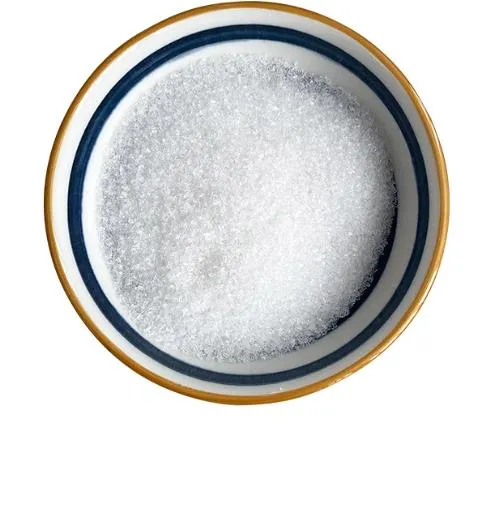Warning: Undefined array key "title" in /home/www/wwwroot/HTML/www.exportstart.com/wp-content/themes/1198/header.php on line 6
Warning: Undefined array key "file" in /home/www/wwwroot/HTML/www.exportstart.com/wp-content/themes/1198/header.php on line 7
Warning: Undefined array key "title" in /home/www/wwwroot/HTML/www.exportstart.com/wp-content/themes/1198/header.php on line 7
Warning: Undefined array key "title" in /home/www/wwwroot/HTML/www.exportstart.com/wp-content/themes/1198/header.php on line 7
- Afrikaans
- Albanian
- Amharic
- Arabic
- Armenian
- Azerbaijani
- Basque
- Belarusian
- Bengali
- Bosnian
- Bulgarian
- Catalan
- Cebuano
- China
- China (Taiwan)
- Corsican
- Croatian
- Czech
- Danish
- Dutch
- English
- Esperanto
- Estonian
- Finnish
- French
- Frisian
- Galician
- Georgian
- German
- Greek
- Gujarati
- Haitian Creole
- hausa
- hawaiian
- Hebrew
- Hindi
- Miao
- Hungarian
- Icelandic
- igbo
- Indonesian
- irish
- Italian
- Japanese
- Javanese
- Kannada
- kazakh
- Khmer
- Rwandese
- Korean
- Kurdish
- Kyrgyz
- Lao
- Latin
- Latvian
- Lithuanian
- Luxembourgish
- Macedonian
- Malgashi
- Malay
- Malayalam
- Maltese
- Maori
- Marathi
- Mongolian
- Myanmar
- Nepali
- Norwegian
- Norwegian
- Occitan
- Pashto
- Persian
- Polish
- Portuguese
- Punjabi
- Romanian
- Russian
- Samoan
- Scottish Gaelic
- Serbian
- Sesotho
- Shona
- Sindhi
- Sinhala
- Slovak
- Slovenian
- Somali
- Spanish
- Sundanese
- Swahili
- Swedish
- Tagalog
- Tajik
- Tamil
- Tatar
- Telugu
- Thai
- Turkish
- Turkmen
- Ukrainian
- Urdu
- Uighur
- Uzbek
- Vietnamese
- Welsh
- Bantu
- Yiddish
- Yoruba
- Zulu
جولائی . 31, 2024 22:34 Back to list
Production of Propylene Glycol from Propylene Oxide and Its Applications in Various Industries
Production of Propylene Glycol from Propylene Oxide
Propylene glycol, a versatile and widely used chemical, is primarily produced through the hydration of propylene oxide. This process has gained significant attention due to the increasing demand for propylene glycol in various industries, including food, pharmaceuticals, cosmetics, and antifreeze formulations. With its chemical formula C3H8O2, propylene glycol is recognized for its hygroscopic properties, low toxicity, and ability to mix with water, making it an essential ingredient in many applications.
The production of propylene glycol from propylene oxide generally follows two main pathways non-catalytic and catalytic processes. The non-catalytic process involves the direct hydration of propylene oxide under high temperature and pressure conditions. This method has been widely utilized in industrial settings due to its straightforward approach. Typically, propylene oxide is reacted with water at elevated temperatures, usually exceeding 100°C, which allows for the efficient conversion of the epoxide group.
On the other hand, the catalytic process incorporates specific catalysts to facilitate the reaction between propylene oxide and water. This can lead to milder reaction conditions and higher selectivity towards propylene glycol, thus improving the overall efficiency of the production process. Acidic and basic catalysts can be employed, depending on the desired reaction mechanism. For instance, acidic catalysts promote the formation of the desired diol while limiting the production of unwanted by-products.
In addition to the choice of catalysts, the reaction conditions play a crucial role in determining the yield and quality of propylene glycol. Parameters such as temperature, pressure, and feed ratio of propylene oxide to water need to be carefully optimized. For example, higher temperatures generally increase the reaction rate; however, they may also lead to side reactions that yield undesirable compounds. Therefore, a delicate balance must be maintained to maximize production while ensuring product purity.
propylene glycol from propylene oxide

The economic viability of producing propylene glycol from propylene oxide is further enhanced by the scalability of the reaction process. Many chemical plants are equipped to handle large-scale production, which is essential for meeting the high market demand. This scalability is also supported by the relatively low cost of raw materials; propylene oxide is typically derived from petroleum sources through various methods, including the chlorohydrin process and the hydroxylation of propylene.
Environmental considerations also play a vital role in the production of propylene glycol. The chemical industry is increasingly focusing on sustainable practices to reduce its carbon footprint. The integration of renewable feedstocks, such as bio-based propylene glycol derived from plant sources, is on the rise. This shift not only offers a more sustainable alternative but also aligns with global efforts towards carbon neutrality.
Moreover, propylene glycol's low toxicity and biodegradability make it a preferred choice in many applications, providing an advantage in the competitive market. Its ability to serve as a solvent, humectant, and emulsifier expands its usage across diverse sectors, prompting continuous innovations in its production and applications.
In conclusion, the production of propylene glycol from propylene oxide remains a critical process within the chemical manufacturing industry. With advancements in reaction technology, catalyst development, and sustainability initiatives, the future of propylene glycol production is poised for continued growth. As industries strive for environmentally friendly practices, the evolution of propylene glycol synthesis will likely play a significant role in catering to both consumer demands and ecological standards.
Latest news
-
Certifications for Vegetarian and Xanthan Gum Vegetarian
NewsJun.17,2025
-
Sustainability Trends Reshaping the SLES N70 Market
NewsJun.17,2025
-
Propylene Glycol Use in Vaccines: Balancing Function and Perception
NewsJun.17,2025
-
Petroleum Jelly in Skincare: Balancing Benefits and Backlash
NewsJun.17,2025
-
Energy Price Volatility and Ripple Effect on Caprolactam Markets
NewsJun.17,2025
-
Spectroscopic Techniques for Adipic Acid Molecular Weight
NewsJun.17,2025

